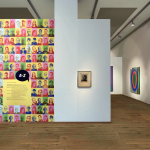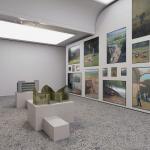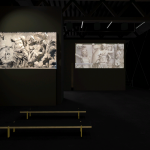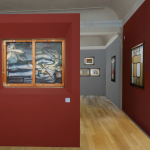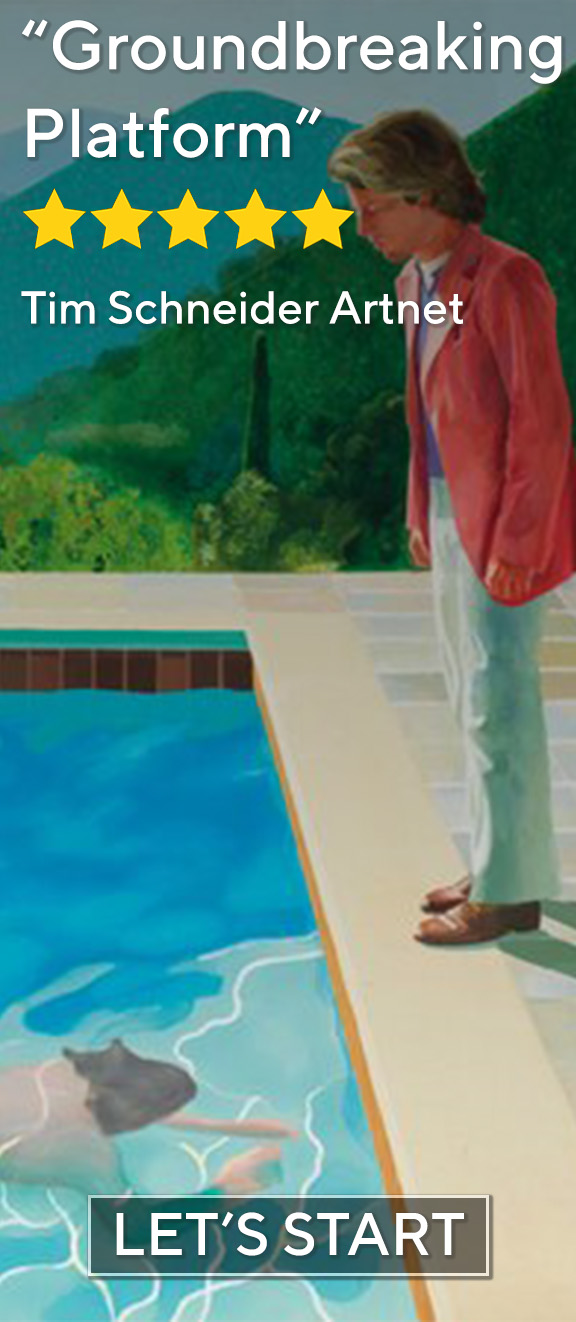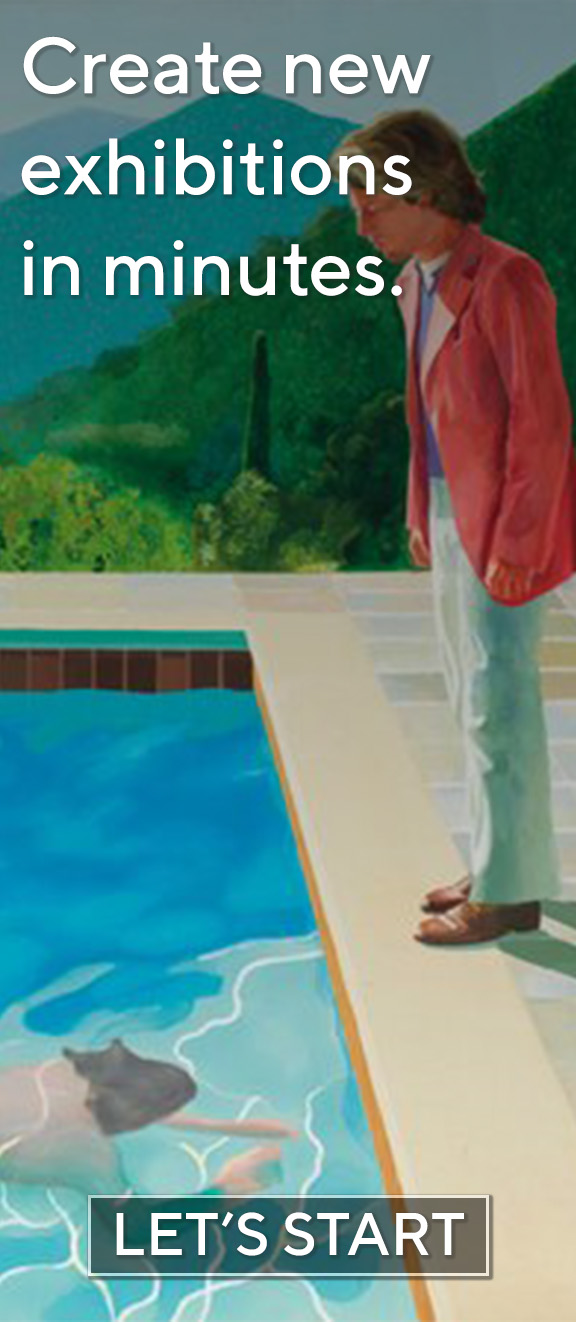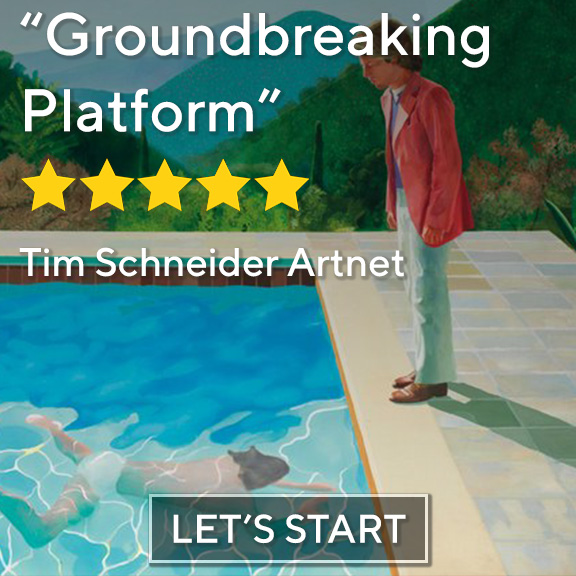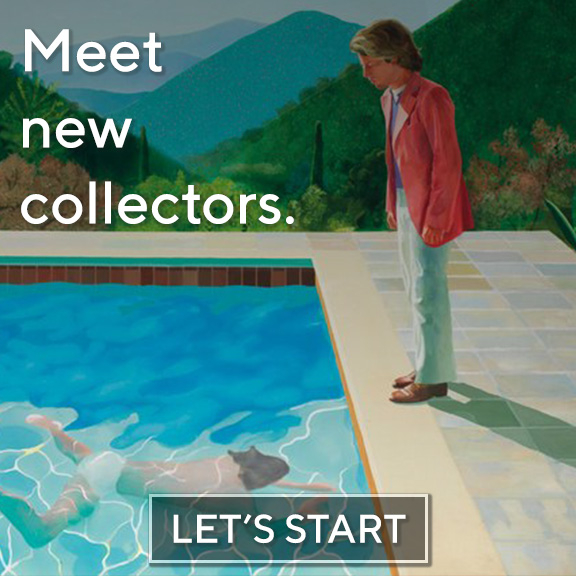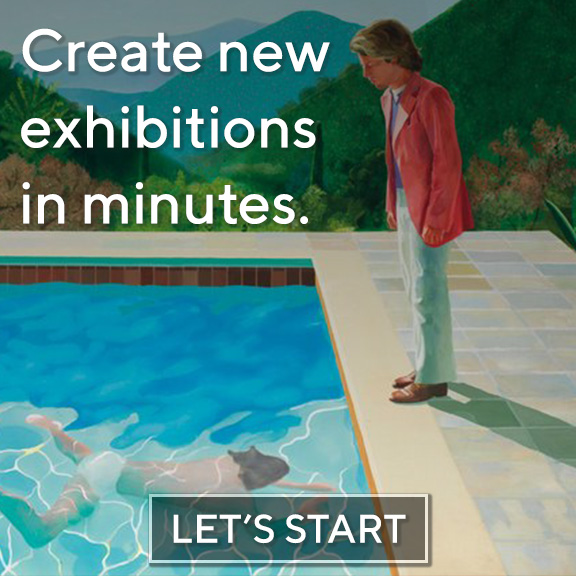Everyone will have noticed how much easier it is to grasp a painting, and especially a sculpture, and even a work of architecture, in a photo than in reality. It is certainly tempting to blame this squarely on the decline of a feeling for art, on the shortcomings of one’s contemporaries. But contradicting such an interpretation is the knowledge of how, during roughly the same period, the understanding of great works has changed along with the development of reproductive technologies. They can no longer be thought of as the products of individuals; they have become collective objects, so powerful that to assimilate them requires precisely their reduction in size. In the last analysis mechanical methods of reproduction are a technology of miniaturization and help people to achieve the degree of power over the works without which they simply could not make use of them.
Walter Benjamin, 1931.
One of the most known essays from Walter Benjamin is the one titled The Work of Art in the Age of Mechanical Reproduction from 1935, which seemingly negates every method of a work of art being reproduced without losing the aura of it. In a former article we already established why that’s not true in this extreme form due to A him not knowing about the impending possibility of digital reproduction (the essay was published a year before Alan Turing came up with the idea of the first modern computer), and B it was more than three decades before Gilles Deleuze accepted virtuality as an equal to reality, since “the virtual is not opposed to the real but to the actual”,[1] actuality being the here and now. But less people are familiar with Benjamin’s Little History of Photography from 1931 that we quoted above,[2] which clearly has a different approach to the role and value of reproductions.
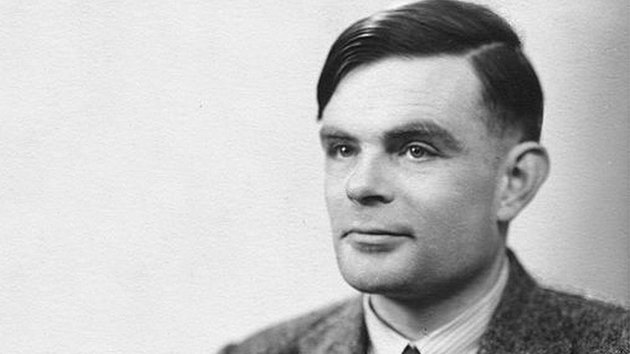
We find ourselves in a contradiction: Benjamin praises photography – which is a form of reproduction – for its ability to be useful to people, even mentions that early portraits beckon aura “in the fleeting expression of a human face”, then goes on to say a few years later that all reproductions are worthless, because they cannot convey the aura of an artwork. Charles W. Haxthausen went to great lengths to solve this predicament, and in the process he realized that it’s due the fact that Benjamin’s definition of aura is constantly changing:[3] he even quoted a letter in which Theodor W. Adorno wrote to Benjamin that the “aura seems incompletely thought out to him.”[4] However, in a third essay on Baudelaire from 1940 Benjamin gave a definition that could lead us forward:
Inherent in the gaze … is the expectation that it will be returned by that on which it is bestowed. Where this expectation is met … there is an experience of aura in all its fullness. … Experience of the aura thus arises from the fact that a response characteristic of human relationships is transported to the relationship between humans and inanimate objects or natural objects. The person we look at, or who feels he is being looked at, looks at us in turn. To experience the aura of an object we look at means to invest it with the ability to look back at us.[5]
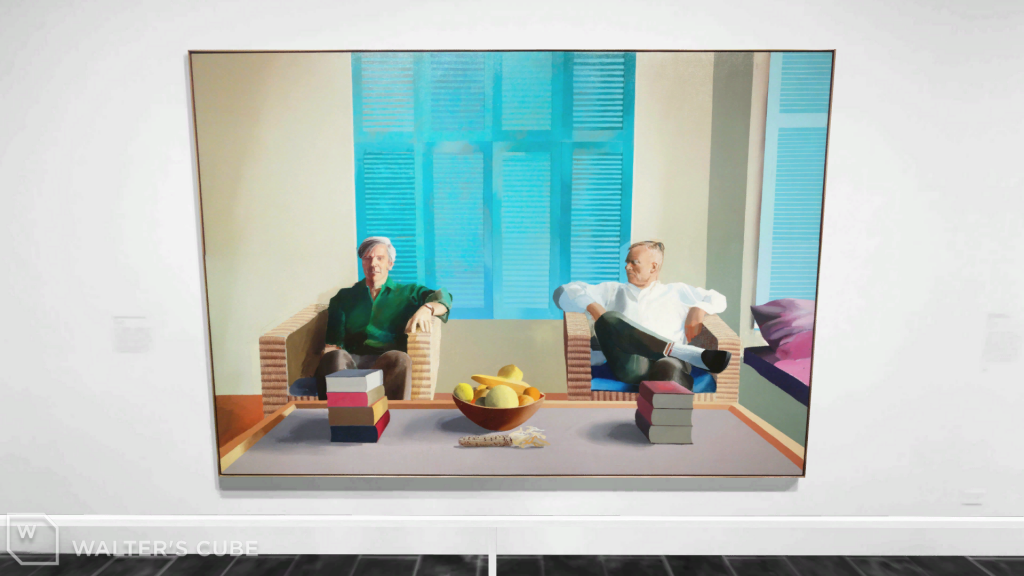
Available on the Online Viewing Room
Looking at and being looked back at in one word is an interaction. That brings us back to the first Benjamin quote, where a reproduction wasn’t just a source of visual pleasure (a one way street of looking), but something that’s useful to people by giving them back the power over the artwork that would overpower them with its grandiosity, shifting the dynamics and guiding the gaze. Now as we stated in a former article, every 3D exhibition is a virtual exhibition, but not every virtual exhibition is a 3D exhibition, the main difference being that a 3D exhibition lets us walk around in the proportionally scaled space in real time, while other kinds of virtual exhibitions do not – meaning that we are interacting, as we experience space and time as a force. So what we get is a miniaturized reproduction of a space, so we have the power Benjamin described, but we also don’t lose the aura like we would with a mechanical reproduction.
It’s a never ending debate what’s the use of art in general, if it has any, or if it should have any – theoreticians sometimes come full circle from saying art should be freed from expectations as art meant to be useful ends up being propaganda, so under the flag of l’art pour l’art they imagine art to have the only purpose of giving pleasure, forgetting that’s a use in itself. Luckily, it’s much easier to define the use of a 3D exhibition as there are scientific papers on it that state things black and white, full of percentages and numbers. As early as the 1960s, André Malraux proposed the idea of a “museum without walls”, that was meant to make art available to both on-site and remote visitors[6] – so here is our first use, it makes art accessible and inclusive in more than one way. This democratization does not only mean who can view art, but what kind of art too, as 3D exhibitions don’t have to be the copy of an exhibition existing IRL, but can be “hyperreal-sites” as David Silver called them. Hyperreal-sites are exhibitions existing exclusively in virtuality, which means the viewers can see things they could never in galleries due to financial, spatial, or even political reasons – marginalized artists don’t go unnoticed anymore.

Apart from art lovers and artists, whose horizons are broadened by 3D exhibitions, there are two big groups who can use them to their advantage. The first group is the institutions, galleries and museums, whose fear of losing visitors and sales by going online was proved to be unfounded by numerous researches. Maria Beatriz Carmo and Ana Paula Cláudio studied the Louvre’s website between 2002 and 2004, finding that it had nearly six million online visitors during that time – almost as many as the actual museum.[7] What is really interesting about this piece of information is the intersection between those numbers: those who visited the online exhibitions were much more likely to buy a ticket to the physical exhibitions in the end. The same goes for galleries and their sales, as it’s a basic psychological reaction to form a bond with a piece of art we have seen many times.
The other group is the art students, which puts everything in a new perspective. Lilly Lu came to three conclusions after cross referencing many case studies: first, although there was a learning curve of using the technology, the newbies ended up having a positive experience with 3D, two, teachers realized the educational potential of 3D, three, most students named globally accessible virtual exhibitions as the best part of their experience.[8] It was almost unanimous that they all see 3D as a part of their artistic career in terms of learning, creating, and exhibiting. Based on this we have to think that 3D is not something that might be important in the future, but something that already is to the younger generations and it’s time for us to catch up.
- Gilles Deleuze. Difference and Repetition, translated by Paul Patton, (New York: Columbia University Press, 1994).
- Walter Benjamin. Little History of Photography, translated by Stanley Mitchell, (London: Monogram, 1972).
- Charles W. Haxthausen. “Reproduction/Repetition: Walter Benjamin/Carl Einstein”, October 107 (2004): 47-74.
- Letter of February 29, 1940. Theodor W. Adorno and Walter Benjamin, The Complete Correspondence, 1928-1940, edited by Henri Lonitz, translated by Nicholas Walker, (Cambridge: Harvard University Press, 1999).
- Walter Benjamin. “On Some Motifs in Baudelaire”, translated by Harry Zohn, Zeitschift für Sozialforschung (1940 January): 605-653.
- André Malraux. Museum Without Walls, translated by Stuart Gilbert (Frogmore: Paladin, 1974).
- Maria Beatriz Carmo and Ana Paula Cláudio. “3D Virtual Exhibitions”, Journal of Library & Information Technology 33, no. 3 (2013): 222-235.
- Lilly Lu. “3D Virtual Worlds as Art Media and Exhibition Arenas: Students’ Responses and Challenges in Contemporary Art Education”, Studies in Art Education 54, no.3 (2013): 232-245.
The thumbnail is a screenshot from the 3D model of White Cube Bermondsey‘s exhibition titled Group Show from Anselm Kiefer, Damien Hirst, Doris Salcedo, Haim Steinbach, Ibrahim Mahama, Antony Gormley, and Christian Marclay made by Walter’s Cube. Available on the Online Viewing Room.
This is the second article of our series exploring art in the digital age from a philosophical standpoint. If you want to read more about the intersection between art and virtuality, you can do that by clicking on this title.
In a Philosophical Sense 1: About Online Exhibitions


